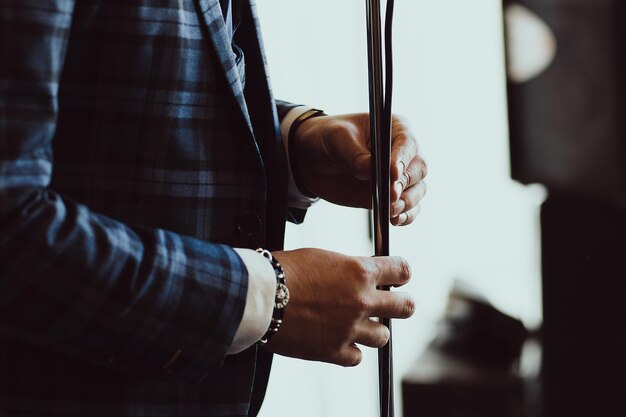What to Wear for Jury Duty: Dressing for the Occasion with Confidence
Navigating the world of civic responsibilities can sometimes feel daunting, and jury duty is no exception. Whether it's your first time or you're a seasoned juror, dressing appropriately for jury duty not only demonstrates respect for the legal process but also helps you feel comfortable and confident throughout the day. Here’s a simple guide on how to dress for jury duty, coupled with a few resources to ease any financial burdens this civic duty might impose.
Understanding the Dress Code
Courthouses generally expect a business casual attire for jury duty. While specific requirements can vary by location, here’s a general idea of what that entails:
- Shirts/Tops: Opt for a collared shirt or a blouse. Avoid graphic tees, tank tops, or anything too revealing.
- Pants/Skirts: Choose slacks, khakis, or skirts of an appropriate length. Jeans can sometimes be acceptable but check the courthouse guidelines.
- Footwear: Closed-toe shoes such as loafers or flats are recommended. Sandals and flip-flops are too casual for the court setting.
- Outerwear: Blazers or cardigans can add a polished look. Additionally, courtrooms are often chilly, so layering is practical.
- Accessories: Keep jewelry and accessories minimal. You’ll likely need to pass through security, and less is more when avoiding delays.
Why Dressing Appropriately Matters
Dressing according to these basic guidelines underscores the seriousness of your role as a juror. Professional attire helps reinforce the gravity of the judicial proceedings and diminishes distractions, ensuring that the focus remains on the evidence and arguments presented.
Additional Considerations
While your attire is a significant part of preparing for jury duty, you might also be wondering about the financial aspects. Jury duty typically comes with a small stipend, but it may not match your usual paycheck. Here are some solutions to consider if financial concerns surrounding jury duty impact you:
Government Aid and Financial Assistance
Unemployment Benefits: In some states, you may remain eligible for unemployment benefits while serving jury duty. Check your state's policies to see if this applies.
Employer Compensation: Some employers continue to pay regular wages for time spent on jury duty. Review your employment contract or talk to your HR department about your company's policy.
Tax Deductions: Although jury duty pay is relatively small, it is considered taxable income. However, there might be circumstances that allow you to offset this if you're incurring additional expenses.
Embracing Your Role
Approaching jury duty with the right mindset starts with knowing you're dressed the part, but it also involves understanding your rights and responsibilities. A well-prepared juror is not just about appearances but also about being ready to engage thoughtfully with the proceedings.
Navigating financial implications can be challenging, which is why it’s important to explore available resources. Below is a brief list of financial assistance options that might help support you during this civic duty:
- 📋 Community Support Programs: Organizations often offer aid to those in financial need during civic engagements.
- 💼 Legal Aid Services: Some cities provide resource centers or hotlines for jurors who need assistance or advice.
- 🏦 Budget Counseling Services: Ensure you’re managing any missed income or travel costs effectively with a professional’s help.
- 📚 Educational Grants: If jury duty impacts your educational pursuits, some education bodies may offer short-term grants or allowances.
Serving on a jury is a vital civic duty, and while dressing the part is important, taking the steps to secure your financial stability will allow you to serve with peace of mind. Whether it's through community programs, employer benefits, or personal preparations, ensuring you're ready both sartorially and financially equips you to fulfill this obligation confidently.

- What Can You Bring To Jury Duty
- What Do i Wear To Jury Duty
- How Do You Know If You Have Jury Duty
- What To Wear To Jury Duty Female
- What Time Does Jury Duty Start
- What Happens If You Don't Show Up To Jury Duty
- Can Felons Do Jury Duty
- Can Felons Serve Jury Duty
- Do i Have To Go To Jury Duty
- How Can You Get Excused From Jury Duty